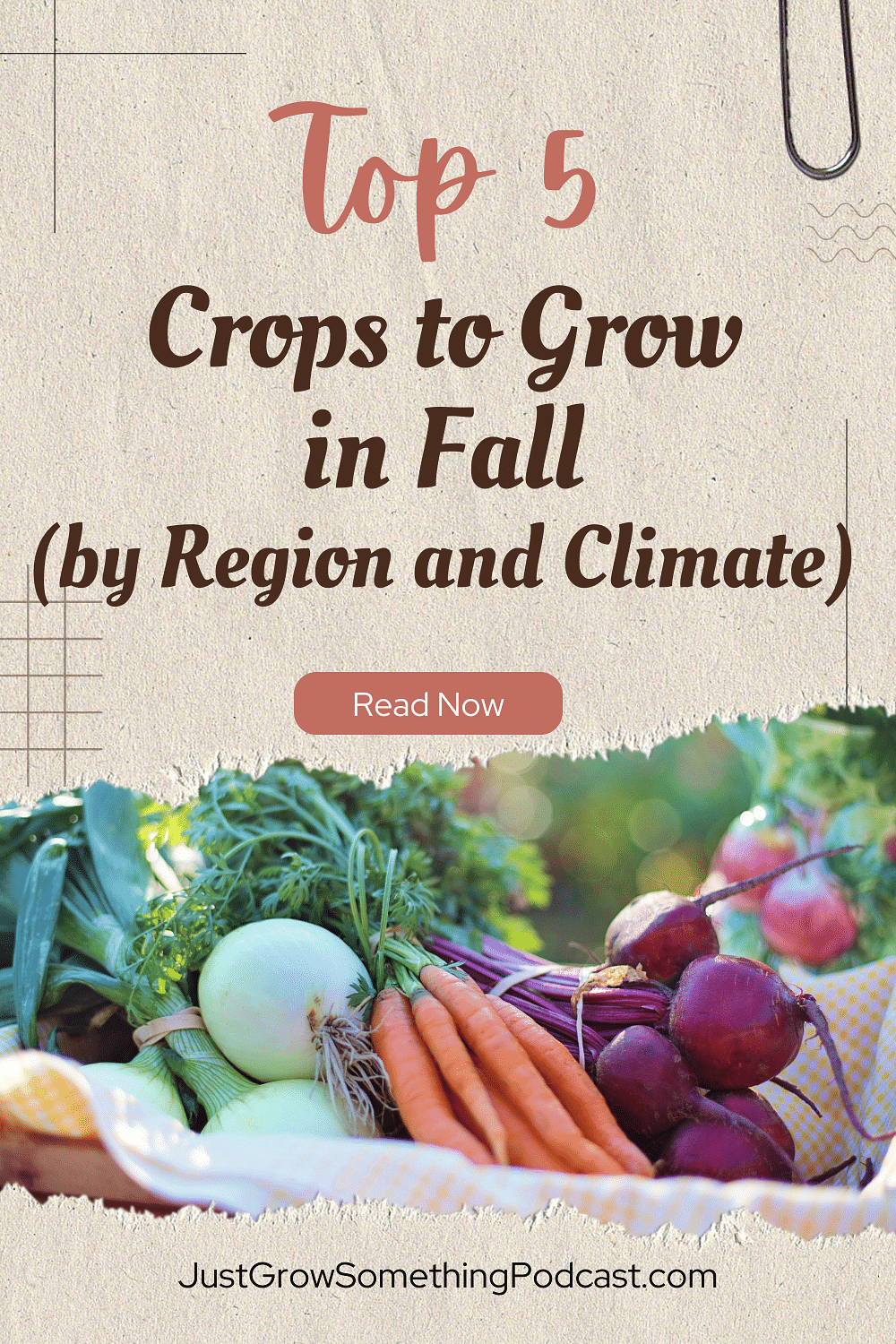
Part of planning for the fall garden is knowing what to grow. Most things that do well in spring will do well in your area for fall with a few exceptions. This is always going to vary by region and your particular climate.
 Considerations for Crop Selection in Cold or Temperate Climates
Considerations for Crop Selection in Cold or Temperate Climates
For cold and temperate regions, consider the following:
- Choose the Right Varieties: Opt for vegetable varieties that are well-suited for cooler temperatures and have shorter maturation periods. Varieties labeled as "cold-hardy" or "frost-tolerant" are ideal for fall planting in cold regions.
- Timing: Calculate the average first frost date in your area and count backward to determine the best time to plant fall crops. You want to make sure that the vegetables have enough time to mature before the first frost.
- Mulching: Apply a thick layer of organic mulch, such as straw or chopped dried leaves, around the plants. Mulching helps to insulate the soil, maintain consistent temperatures, and reduce weed growth.
- Row Covers and Cold Frames: Consider using row covers or cold frames to protect plants from freezing temperatures and frost. Row covers made of lightweight fabric can provide a few degrees of frost protection, while cold frames act as small, enclosed mini-greenhouses.
Considerations for Crop Selection in Warm Climates
While cooler temperatures are not as much of a concern, gardeners in warm regions need to take into account the potential for extended hot weather. Here are some key differences in preparations for growing a fall garden in a warm region:
- Choose Heat-Tolerant Varieties: Instead of focusing on cold-hardy varieties, opt for heat-tolerant vegetable varieties that can withstand warm temperatures and potential heatwaves.
- Timing: In warm regions, the growing season can extend well into the fall and even winter. Consider planting fall crops later in the season to avoid the peak of the summer heat. Check local planting calendars or ask local experts for the best planting dates in your specific area.
- Mulching: Mulching is still beneficial in warm regions, but you may need to use lighter mulches that don't retain as much heat. Straw, dried leaves, or even wood chips can help conserve soil moisture without increasing temperatures excessively.
- Crop Selection: Choose vegetables that thrive in warm weather and have shorter maturation periods so they can work with the temperatures but also mature before the daylight hours really begin to dwindle, slowing growth dramatically.
- Extended Growing Season into Winter: In many warm regions, winter gardening is possible. Consider using frost cloth, low tunnels, or mini greenhouse covers to protect plants during cooler nights and extend the growing season.
Top Five Crops by Region
Here are my picks for crops that do well in the fall garden by USDA Hardiness Zone or climate:
Crops for USDA Zones 1-4 (Cold Regions):
- Kale
- Spinach
- Carrots
- Turnips
- Beets
In the coldest of areas, these may need to be covered with lots of fabric freeze protection. Keep it on hand as your days get closer to your first frost date.
Crops for USDA Zones 5-8 (Temperate Regions):
- Broccoli
- Cauliflower
- Brussels sprouts
- Lettuce (varieties suitable for cooler weather)
- Radishes
Brassicas tend to do much better in the fall in areas with volatile or unpredictable spring weather. With lettuce, be sure to look for varieties that are marked for fall production - not all of them do as well as others in the fading daylight hours.
Crops for USDA Zones 9-13 (Warm Regions):
- Green beans
- Cucumbers
- Peppers
- Tomatoes (in some areas with mild winters)
- Squash
For these warmer weather crops, choose varieties that mature quickly. Even if you don't get a frost, decreased daylength also means decreased plant growth.
Now's the time to get in on fall gardening! Join my FREE Fall Garden Challenge for five days of step-by-step instructions on getting your fall garden game going.
Your Friend in the Garden,

